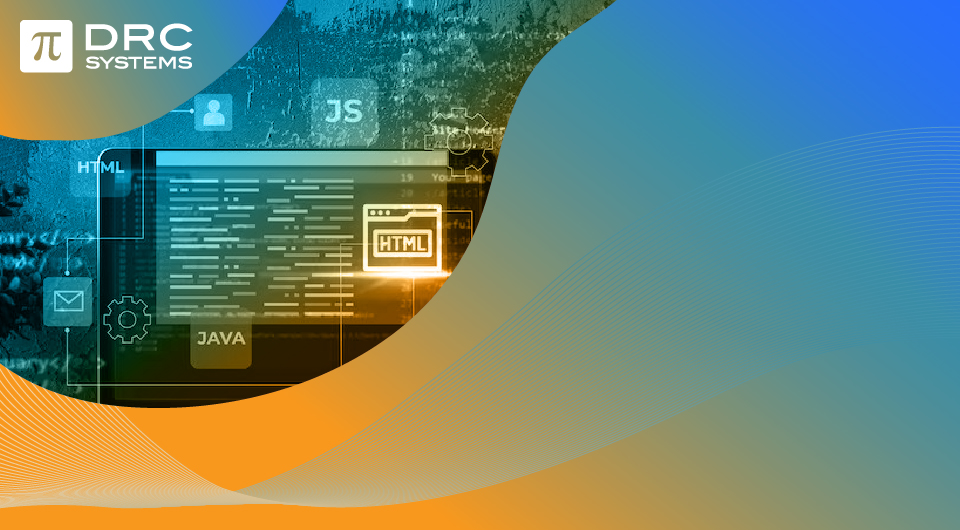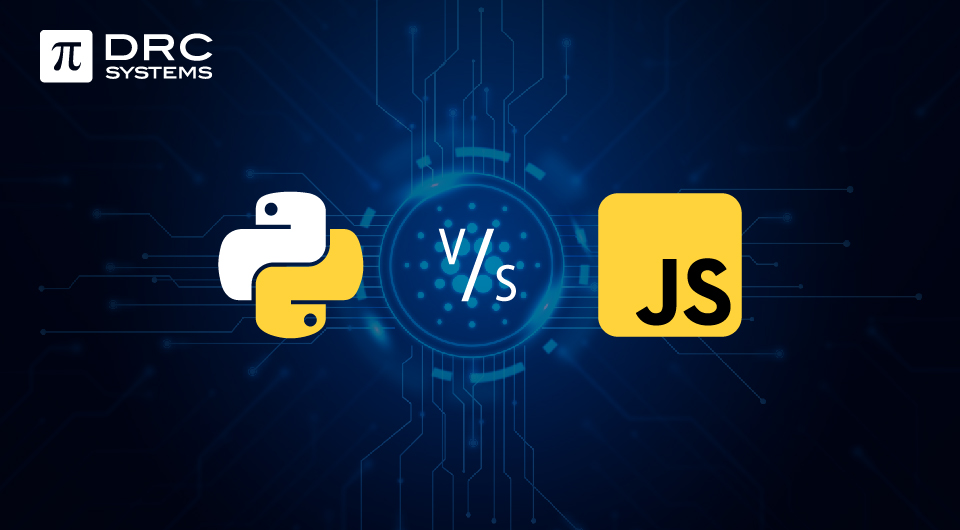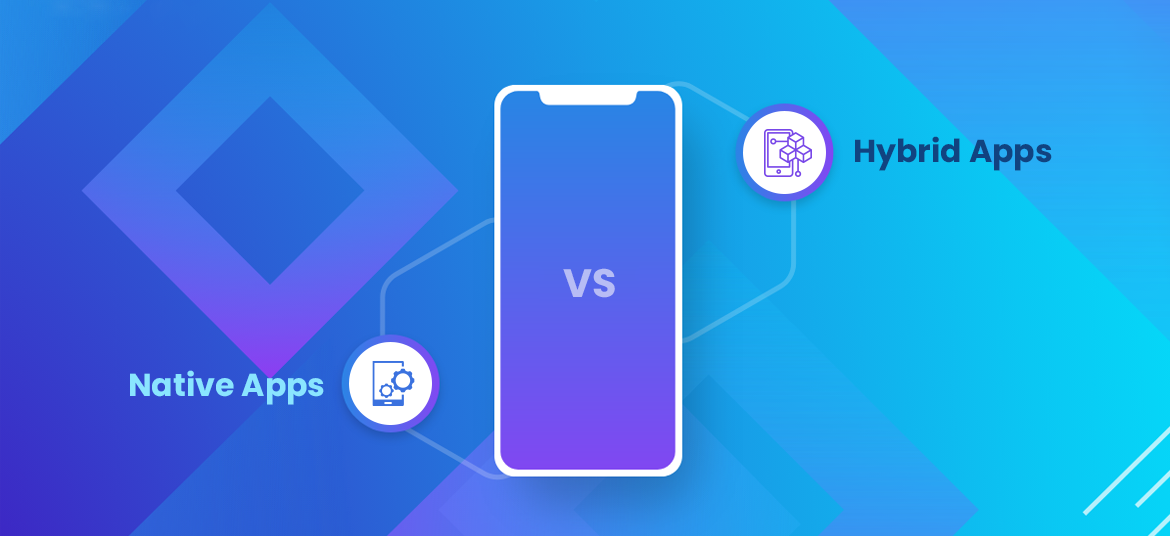Related Articles
11 Hottest Reasons To Use WordPress In 2022
WordPress is the most widely used software for website building and content management. It is open source and free for everyone. It’s features like low setup and management cost makes WordPress the largest market holder. Over 55,000 plug-ins are available, making it easier and robust to work with.
Read The PostWhich programming language is better: Python or JavaScript?
Everything you need to know about Python and JavaScript to make an informed choice.
Read The PostNative vs. Hybrid App Development: A Quick Overview
Native App Development vs Hybrid App Development: The Ultimate Face-Off!
Read The Post


